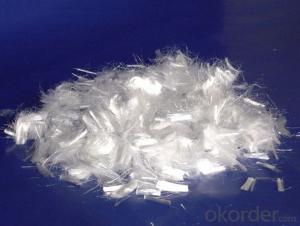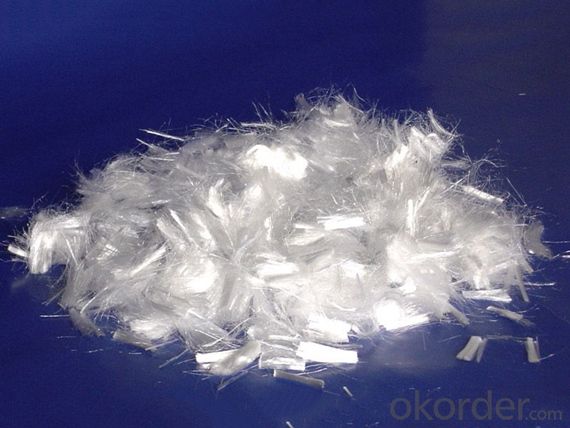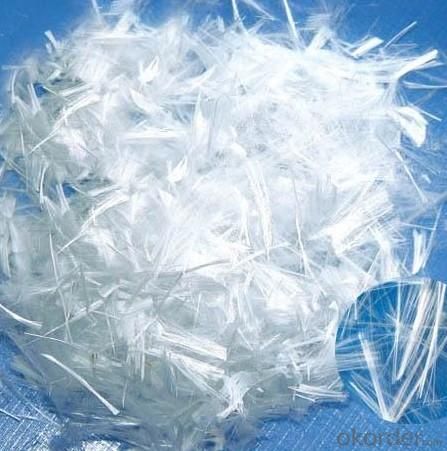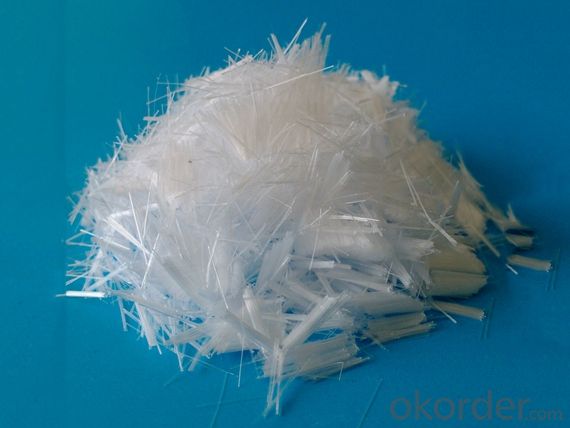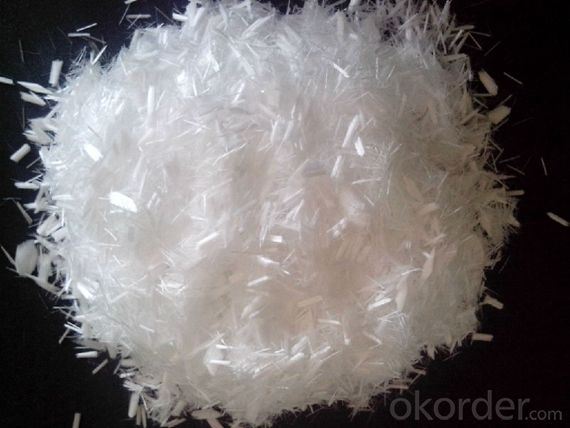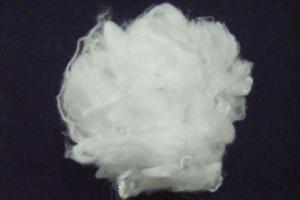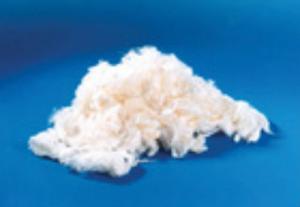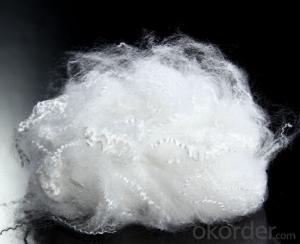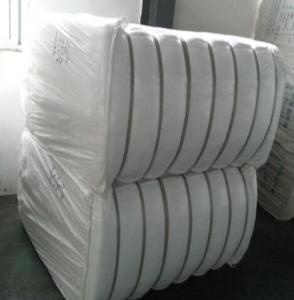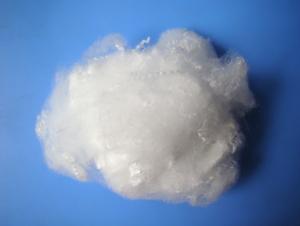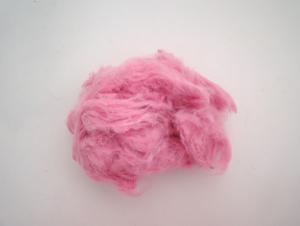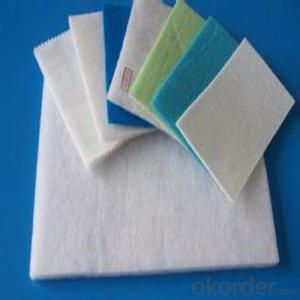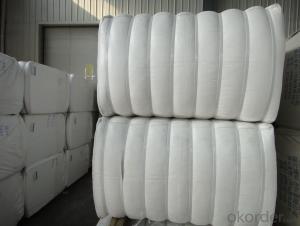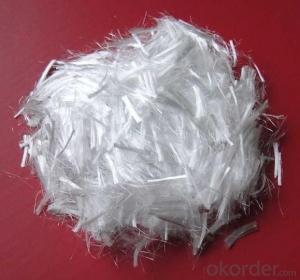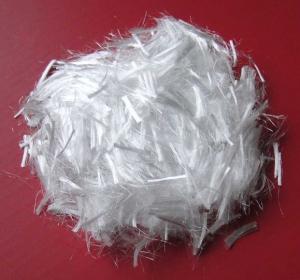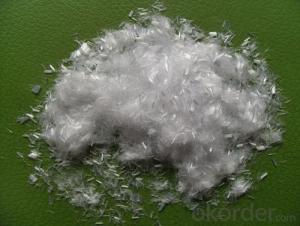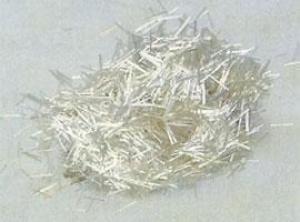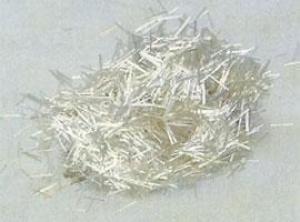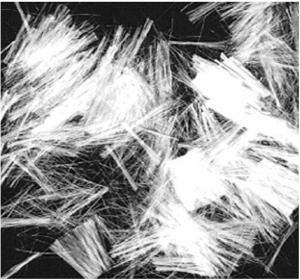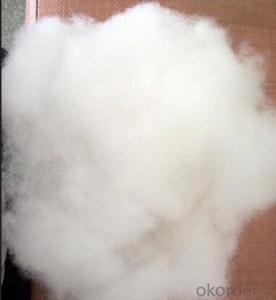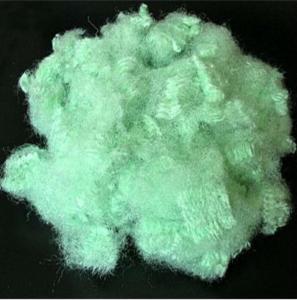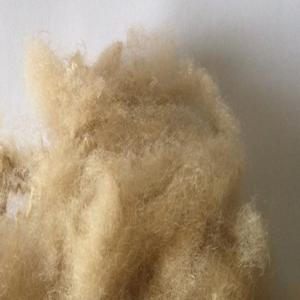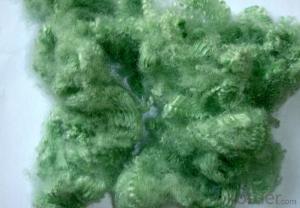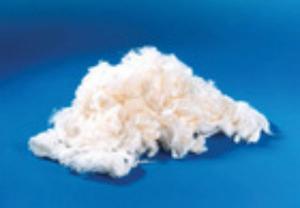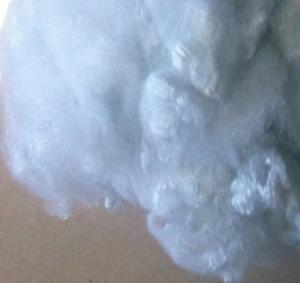Polypropylene Enginnering Fiber, Concrete Additive
- Loading Port:
- China main port
- Payment Terms:
- TT OR LC
- Min Order Qty:
- 1 m.t.
- Supply Capability:
- 3000 m.t./month
OKorder Service Pledge
OKorder Financial Service
You Might Also Like
Specification of Polypropylene Fiber
Raw material: polypropylene
Type: MonofilamentMelting point:160~180℃
Material | Polypropylene | Type of fiber | Bunchy single fiber |
Density | 0.91 | Anti-pulling strength | >450Mpa |
Anti acid and alkali | Extremely strong | Elasticity modulus | >3.5Gpa |
Melting Point | >165℃ | Diameter | 18-48um |
Safety | Good | Water absorption | without |
Thermal Conductance | Extremely bad | Stretching limitation | >15% |
Low temperatureresistance | high | Specification | 3/6/9/19mm |
Function of Polypropylene Fiber
Crack resistance of concrete
To improve concrete impermeability
To improve freeze-thaw resistance of concrete
Improve impact resistance and toughness of concrete
To improve the durability of concrete
Application of Polypropylene Fiber
PP fiber for building can enhance the crack resistance, anti-permeability, anti-abrasion performance, frost-resistance, antiknock and workability of mortar and concrete. Due to the uniform distribution of tens of thousands of fibers in the mortar and concrete, keeping the whole structure strong, avoiding the structure being struck to pieces, preventing the steel from corroding, lengthening the service life of the project and reducing the maintaining cost.
Application Area
Used for crack-resistance putty powder, heat retaining mortar, concrete, building’s surface, wass, ground, pool, undercroft, road and bridge projects.
Advice on Construction
The mixed fibers quantity per CBM mortar for common plastering mortar: 0.9-1.2kg, usually 1kg/m3
The mixed fibers quantity per ton mortar for heat maintaining mortar:1-3kg
The mixed fibers quantity per CBM concrete”0.6-1.8kg, normally 0.9kg/m3
Package of Polypropylene Fiber
common 0.9 or 1kg per bag. Maybe modified with customer’s requirements.
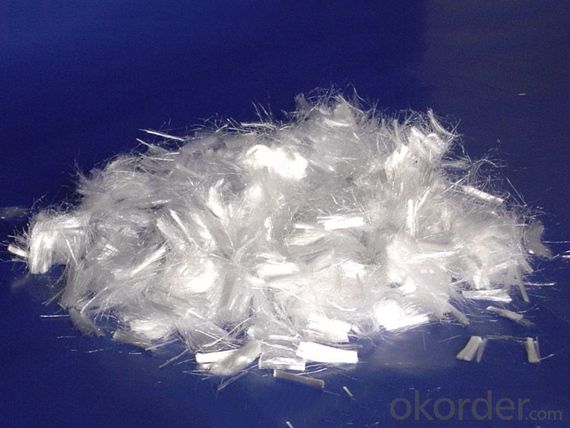
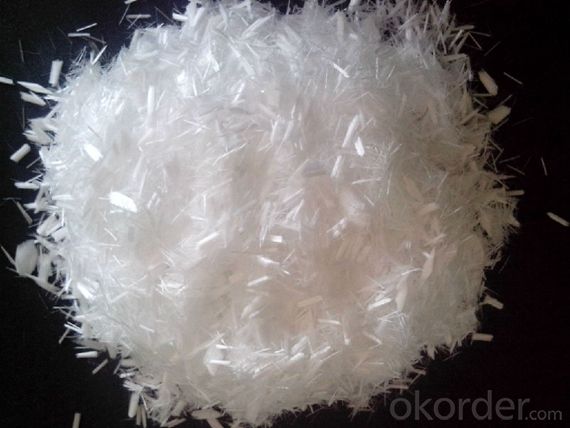
- Q: What about polyester fabric? How about air permeability?
- Strength: the strength of polyester fiber is nearly 1 times higher than that of cotton, 3 times higher than that of wool, so the polyester fabric is durable.Heat resistance: can be used at 70~170 degrees, is the best in synthetic fiber heat resistance and thermal stability.Elasticity: Polyester Elastic close to wool, wrinkle resistance over other fibers, fabric wrinkle free, good shape.Abrasion resistance: polyester is second only to nylon in abrasion resistance, and occupies second place in synthetic fiber.Water absorption: Polyester moisture regain low, good insulation performance, but because of low water absorption, friction generated by static electricity, dyeing performance is poor.
- Q: Can polyester fabric come into direct contact with the skin?
- Secondly, it is best not to say, polyester is polyester, is a completely without any hygroscopic synthetic fiber, long-term contact with the skin will be itching, pricking flu. Cotton, hemp and silk are no match for natural fibers.
- Q: What material is carbon fiber?
- Carbon fiber has many excellent properties, carbon fiber axial strength and high modulus, low density, high performance, no creep, non oxidation under the environment of high temperature resistance, good fatigue resistance, between heat and electrical conductivity between the metal and non metal, smaller thermal expansion coefficient and anisotropy, good corrosion resistance, X Radiability good. Good conductivity, thermal conductivity, good electromagnetic shielding, etc..Compared with the traditional carbon fiber glass fiber, the young's modulus is more than 3 times; compared with Kevlar fiber, the young's modulus is about 2 times in the organic solvent, acid and alkali insoluble swelling, outstanding corrosion resistance.
- Q: The difference between recycled and synthetic fibers
- Synthetic fiber is a kind of chemical fiber, chemical fiber is referred to as synthetic polymer compounds as raw materials and prepared. Its small molecular organic compounds as raw materials, by polyaddition or polycondensation reaction synthesis of linear organic polymers, such as acrylic, polyester and polyamide fiber. The classification can be seen from a it belongs to the category of chemical fibers. The regenerated fibre with natural polymer as raw material, made by chemical method, and the original polymer in chemical fiber chemical composition is basically the same.
- Q: What is blended spinning fabric?
- For example, polyester cotton blended fabric is made of polyester fiber, which is made of 65%-67% polyester and 33%-35% cotton blended yarn.
- Q: 100% polyester fabric clothing, there is a special laundry method?
- Polyester is acid, non alkali, and if you insist on washing machine, you can set a laundry bag, with neutral laundry detergent.
- Q: What fabric is polyester fiber?
- Has the advantages of strong wear resistance, a crisp sense, easy washing, easy to dry, color fastness is good, do not fade not shrink. 80s is the popular Dacron blended polyester fabric. Not afraid of disadvantage, Mars, air permeability, water will become transparent, fabric friction parts will be the light, poor thermal performance etc..
- Q: 58.8% 26.1% wool suit fabric of regenerated cellulose fiber and 84% polyester 15.1% nylon 16% viscose, the kind of suit material anti wrinkle pilling?
- The sun surface flash points, the lack of pure wool fabric soft and gentle sense. Mao Di (polyester wool)But there is a sense of hard fabric Tingkuo plate, and with the increase of the content of polyester was prominent. Elastic wool fabric is better, but the feeling is less than wool and wool acrylic blended fabric. Hold them after the release, almost no creases.
- Q: What is the difference between 12K carbon fiber and 24K carbon fiber in essence?
- Generally speaking, only the number of filaments of carbon fiber bundles is different, 12K carbon fiber bundle has 12000 monofilament, 24K has 24000 roots, and the diameter of carbon fiber bundle is also different
- Q: What is the difference between particleboard, solid wood multilayer board and MDF? What are the advantages and disadvantages?
- Referred to as MDF MDF, which is based on the small logs, harvesting, processing residues and other plant fiber through a series of processing of the artificial plate, its density is generally 500 to 880Kg per cubic meter. Medium density fiberboard has excellent mechanical properties, decorative properties and processability. The utility model has the advantages of little deformation and moderate mechanical performance of the house, and has a uniform internal structure and a moderate density. Also, the utility model has the advantages of good processing performance, smooth and smooth surface, and can be pasted with sliced thin wood or patterns, novel and beautiful, and is commonly used on furniture and partition boards.
Send your message to us
Polypropylene Enginnering Fiber, Concrete Additive
- Loading Port:
- China main port
- Payment Terms:
- TT OR LC
- Min Order Qty:
- 1 m.t.
- Supply Capability:
- 3000 m.t./month
OKorder Service Pledge
OKorder Financial Service
Similar products
Hot products
Hot Searches
Related keywords
